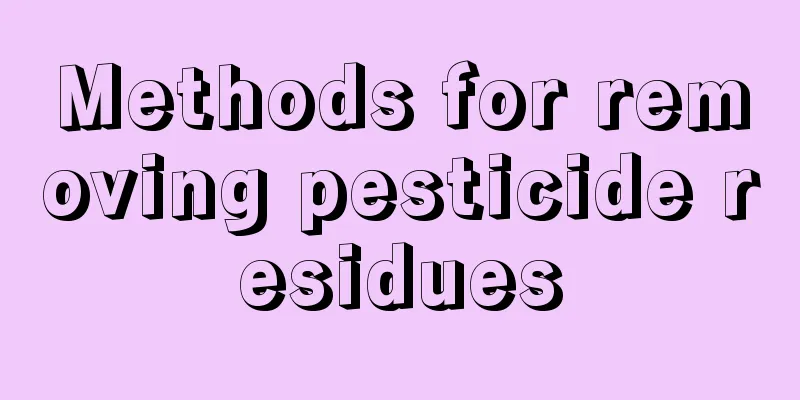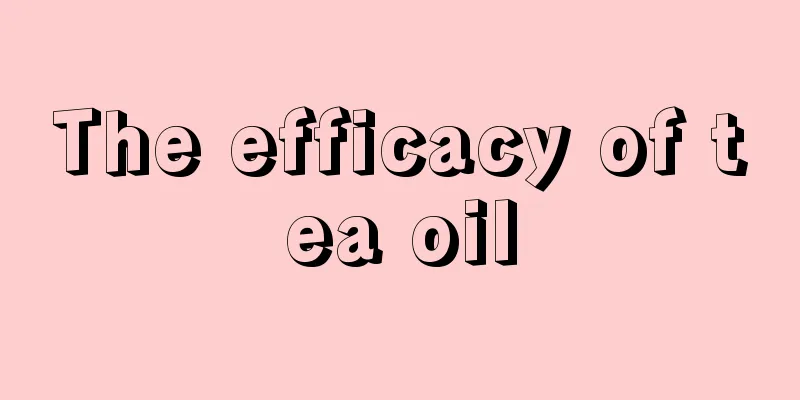Methods for removing pesticide residues

|
Farmers usually use pesticides to prevent and control diseases and insect pests when growing vegetables and fruits. Therefore, pesticide residues in fruits and vegetables are inevitable. Therefore, paying attention to the food safety of fruits and vegetables is receiving more and more attention from residents, and how to remove pesticide residues in fruits and vegetables has become a topic of increasing concern. Today I will briefly introduce several methods for removing pesticide residues from fruits and vegetables for your reference. How to remove pesticides from vegetables? 4 tips to remove pesticides without mercy 1. Heating method As the temperature increases, the synthesis of carbamate insecticides accelerates. Therefore, for some vegetables and fruits that are difficult to handle by other methods, local pesticides can be removed by heating. Commonly used in celery, spinach, Chinese cabbage, cabbage, green peppers, cauliflower, beans, etc. The method is to first wash the surface dirt with clean water, put it into boiling water for 2-5 minutes, take it out, and then rinse it with clean water 1-2 times. 2. Alkaline water soaking method Organophosphorus insecticides synthesize rapidly in alkaline environments, so this method is an effective measure to remove pesticide pollution and can be used for all kinds of vegetables, fruits and melons. The method is to rinse the surface dirt first, soak it in alkaline water (generally add 5-10 grams of alkaline powder to 500 ml of water) for 5-15 minutes, and then rinse it with clean water 3-5 times. How to remove pesticides from vegetables? 4 tips to remove pesticides without mercy 3. Soaking and washing method The types of pesticides that contaminate vegetables are mainly organophosphorus insecticides. Organophosphorus pesticides are poorly soluble in water, and water washing can only remove local contamination of pesticides. But water washing is the basic way to remove other dirt and residual pesticides on vegetables and fruits. Mainly used for leafy vegetables such as spinach, day lily, leek, lettuce, Chinese cabbage, etc. The immersion washing method is to first rinse off the surface dirt with water, and then soak it in clean water for at least 10 minutes. Fruit and vegetable cleaners can promote the dissolution of pesticides, so a small amount of fruit and vegetable cleaners can be added during soaking. After soaking, rinse with clean water 2-3 times. 4. Storage Method Pesticides can slowly synthesize into substances that are harmless to the human body over time in the environment. Therefore, fruits and vegetables that are easy to preserve can be stored for a certain period of time to reduce the amount of pesticide residues. This method is suitable for varieties that are not easy to perish, such as apples, kiwis, and winter melons. Generally it needs to be stored for more than 15 days. Be careful not to eat freshly picked, unpeeled fruit right away. |
<<: The health benefits of hot towel compress
>>: Ten ways to place beds that are good for your health
Recommend
How to wrap your hair with a towel after washing it?
Many people like to wrap their hair with a towel ...
How to completely cure hamartoma
The treatment effect of hamartoma has always been...
What is the pregnancy test strip called
Once a sexually active woman experiences amenorrh...
Early symptoms of vulvar melanoma
Vulvar melanoma usually has no early symptoms, bu...
What are the plants suitable for growing in the bedroom?
Some people like to place some beautiful plants a...
Eye phobia
Eyes are an important organ for us to observe the...
What is the treatment for congenital nasolacrimal duct obstruction
Congenital nasolacrimal duct obstruction is relat...
How to make Chaihu Xiegan Decoction
I wonder if you have ever drunk Chaihu Xiegan Dec...
How to quickly reduce swelling of swollen feet
Physical injuries are very common in people's...
Why can't people with liver cancer eat eggs
Liver cancer patients should not eat eggs because...
What are the symptoms of blood sugar 2 hours after lunch?
What is 2 hours blood sugar after lunch? This con...
Is it really good for women to have vaginal tightening surgery?
Generally, women's vaginas tend to become loo...
Can I use ginger for foot soaking?
Ginger is an aromatic and spicy stomachic medicin...
What to do if hearing loss occurs due to nasopharyngeal cancer
What should I do if I suffer from hearing loss du...
How are throat stones formed
Everyone has heard of kidney stones but not throa...









